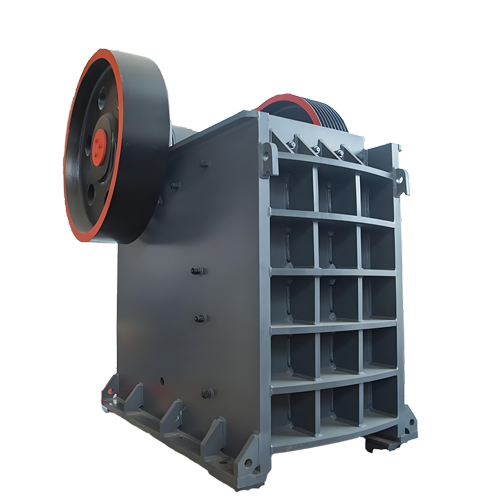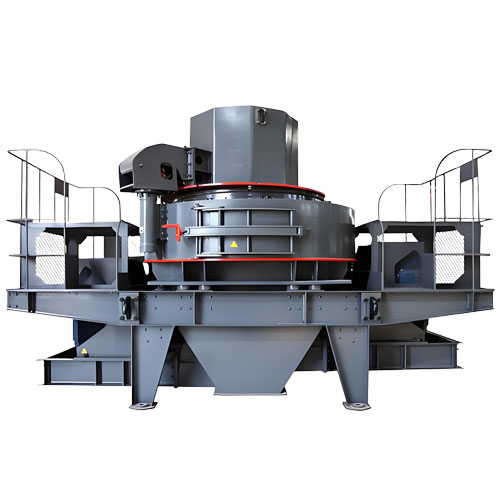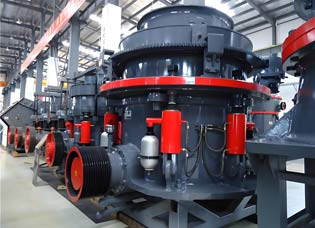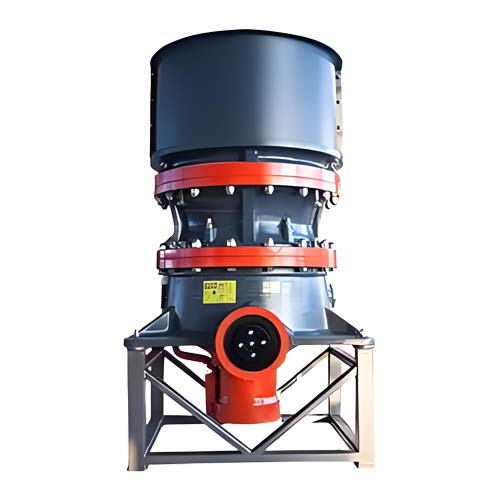Raymond mill: a powerful assistant for industrial milling
On the vast stage of modern industry, Raymond mill is like a silently dedicated behind-the-scenes hero, shining in many industries such as mining, building materials, chemicals, metallurgy, etc. It can be regarded as a key grinding equipment in non-metallic mineral processing.

A Raymond mill, also known as a suspended roller disc mill, has core components including a feeder, grinding rollers, grinding discs, a transmission mechanism, and a separator. Its operating principle is ingenious: material is evenly fed into the mill through a feeder. Driven by the main shaft, the grinding rollers rotate, pressing the grinding rings outwards due to centrifugal force. The material is squeezed, ground, and pulverized between the rollers and the grinding rings. During the grinding process, the airflow removes fine powder, which is separated and collected by a grading system. The coarse powder is then returned to the grinding rings for further grinding. This cycle repeats, resulting in highly efficient milling.
The Raymond mill has significant advantages. Its vertical structure occupies a small footprint and offers a highly systematic approach, allowing it to form a self-contained production system from raw material processing to final packaging. Its high screening efficiency, exceeding 99% for the finished product, far surpasses other grinding equipment. The electromagnetic vibrating feeder ensures uniform and easily adjustable feeding. Furthermore, it boasts a compact size, lightweight, fuel- and power-efficient design, and easy maintenance.
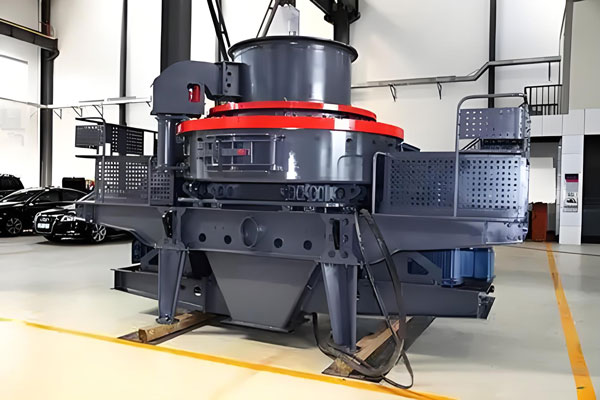
However, the development of Raymond mills has not been without its challenges. Traditional Raymond mills suffer from low product fineness, high mechanical failure rates, high power consumption, high noise levels, and significant pollution emissions. However, Chinese companies and R&D personnel have consistently pursued improvements, striving to improve fineness, reduce failure rates, and minimize energy consumption and pollution, with some success.
With the passage of time, Raymond mills are showing new development trends. Against the backdrop of increasingly stringent environmental protection requirements, greater energy conservation and environmental protection have become inevitable. Equipment with high processing capacity, high sorting efficiency, and low energy consumption is becoming increasingly popular. Automatic control systems are also becoming increasingly sophisticated, moving towards high reliability, precision, automatic condition monitoring, and automatic control. Operators only need to press a button to control, greatly improving work efficiency and safety. At the same time, grinding precision is constantly improving to meet the high fineness requirements of powder products in various applications.
The importance of Raymond mills in industrial milling is self-evident. Historically, they have provided reliable grinding support for various industries. Today, they continue to improve and innovate to adapt to market changes. In the future, they will undoubtedly develop towards greater efficiency, energy conservation, environmental protection, and intelligence, continuing to contribute to industrial progress and shining an even brighter light on the industrial stage.
Related Products
Inquiry
Please leave us your requirements, we will contact you soon.


